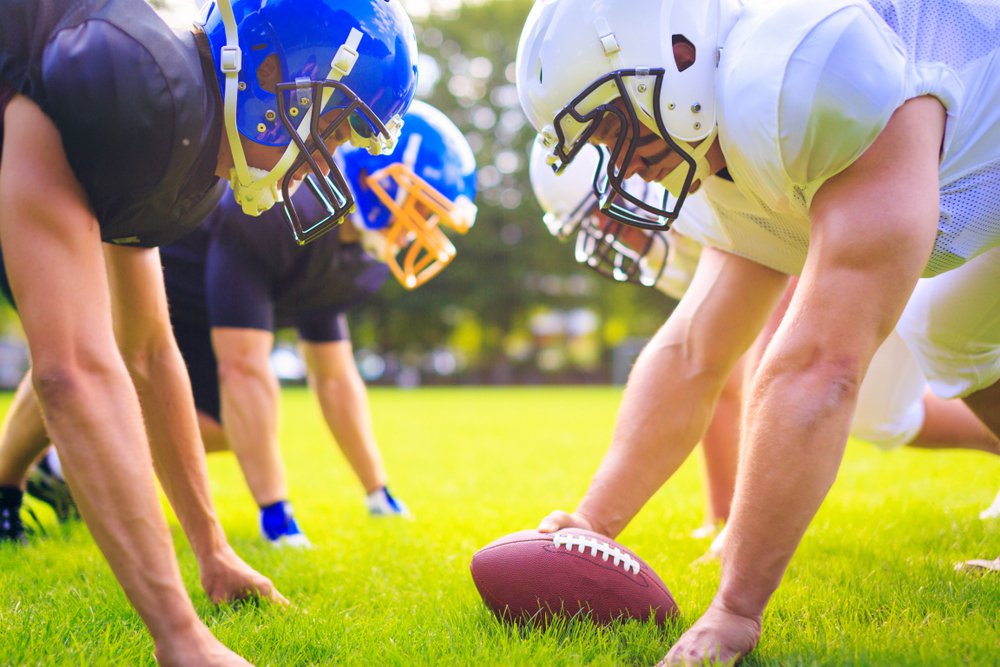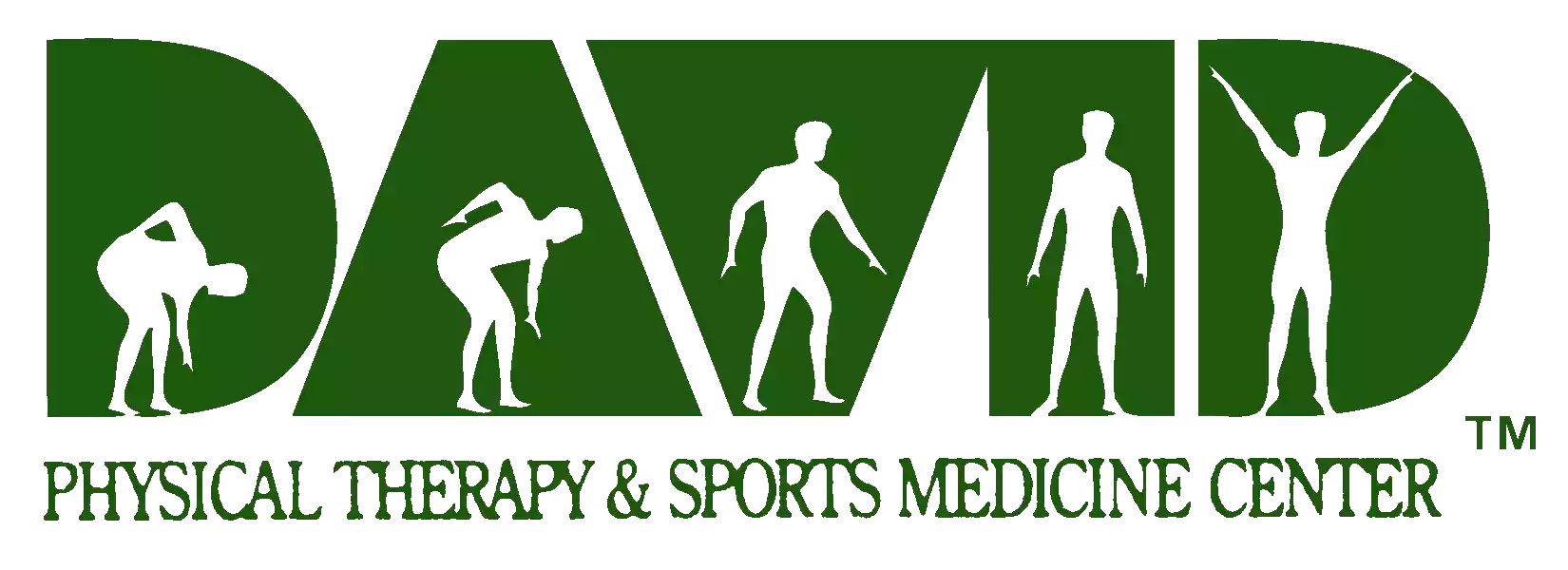 For many young athletes across the country, youth sports are a crucial part of their fall routine. But as any parent or coach knows, playing sports also comes with its fair share of risks.
For many young athletes across the country, youth sports are a crucial part of their fall routine. But as any parent or coach knows, playing sports also comes with its fair share of risks.
According to the Centers for Disease Control and Prevention (CDC), about 7 million sports and recreation-related injuries occur each year. Of those, more than half are sustained by children and adolescents between the ages of 5 and 24.
With the new school year in session, now is the perfect time to make sure your young athlete is prepared for the rigors of playing sports. Here are five of the most common sports injuries to watch out for this fall:
1. Sprains
Sprains, one of the most common sports-related injuries, occur when ligaments (the tissues that connect bones) are stretched or torn. A sprained ankle tends to be the most common, but sprains can also occur in the knee, wrist, or thumb, depending on what activities the athlete is participating in.
Not all young athletes warm up prior to playing sports, which can increase their risk of sustaining a sprain. Other risk factors include playing on an uneven surface, incorrect footwear, and prior injury. Symptoms of a sprain may include pain, swelling, bruising, and difficulty moving the affected area.
2. Strains
Strains are similar to sprains in that they are caused by overstretching or tearing a muscle or tendon (the tissues that connect muscles to bones). Strains typically occur in the muscles of the back, hamstring, or calf and are often called 'pulled' muscles (i.e. a pulled hamstring).
Like sprains, strains can be caused by insufficient warm-up before playing sports, incorrect footwear, and pre-existing injuries. Symptoms of a strain include pain, muscle spasms, weakness, and swelling.
3. Overuse Injuries
An overuse injury is commonly caused by sport-specific repetitive movements. In other words, the athlete is doing the same motions over and over again, which puts stress on certain muscles, tendons, and bones. Overuse injuries are most common in the elbow (little league pitcher's elbow) and shoulder (swimmer's shoulder) but can also occur in the knee, hip, or ankle.
Some overuse injuries are classified as 'high-risk.' High-risk overuse injuries are those that have significant consequences, potentially including long-term damage. These injuries can take an athlete out of the game for extended periods of time, or even permanently.
Young athletes who participate in a single sport year-round with little to no downtime are the most likely to experience overuse injuries. This early specialization with no cross-training (i.e. participating in different sports or exercises to work different muscle groups) can lead to overuse injuries as well as acute injuries and chronic problems.
However, these injuries can be prevented with proper rest and cross-training. Symptoms of an overuse injury depend on the location but may include pain, swelling, tenderness, and loss of range of motion.
4. Stress Fractures
Speaking of high-risk overuse injuries, stress fractures occur when the repetitive stress on the body is too much for the bones to handle. This leads to the formation of tiny cracks in the bone, which can be extremely painful.
Stress fractures most commonly occur in the lower leg, foot, or upper arm and are seen most often in runners, gymnasts, and dancers. As with other youth sports injuries, stress fractures can be prevented with proper rest and cross-training. Symptoms of a stress fracture include pain (usually worse with activity), tenderness, swelling, and bruising.
5. Concussions
While the above injuries can apply to multiple sports, concussions are most common for youth athletes involved in contact sports. A concussion is a type of brain injury that occurs when the head is hit or jolted, causing the brain to bounce around or twist inside the skull. This can lead to a change in how the brain functions, and even short-term memory loss.
Concussions can be difficult to diagnose because symptoms (e.g. headache, dizziness, nausea, confusion) may not appear until hours or even days after the initial injury. Unfortunately, they're also relatively common. In fact, among high school athletes, concussions represent almost 9% of organized sports-related injuries. This is why it's important for parents, coaches, and athletes to be aware of the signs and symptoms of a concussion and to seek medical attention if they suspect an injury.
While concussions are serious injuries, most people will recover fully with rest and plenty of fluids. However, some people may experience long-term effects, such as problems with memory, concentration, and balance.
Visit David Physical Therapy & Sports Medicine
At David Physical Therapy & Sports Medicine, we're proud to offer comprehensive sports injury care for athletes of all ages. Whether you're looking to prevent injuries or recover from an existing injury, our team is here to help.
Our physical therapists can help assess sports readiness and future sports participation, as well as identify prior injury patterns and teach sports injury prevention strategies. Ultimately, this can help an athlete avoid recurrent injury and stay in the game.
If your young athlete suffers a sports injury this season, our physical therapy team can provide the expert care and guidance they need to get back on their feet. Schedule an appointment at our Mount Lebanon or Southpointe office today!

